Ancient Pho is the convergence of many master craftsmen of the ancient Thang Long citadel, who switched production and crafted sophisticated products to serve the royal family and the nobility. To distinguish, each street is named after the industry, or the specific items sold in that street. Therefore, most of the streets here start with the word "Hang" followed by the name of the main product to make it easy to distinguish. However, at the end of the 17th century - the beginning of the 18th century, due to changes in the economic and social situation, some streets no longer sold main items, leading to the change of street names. Hang Ngang Street is one such street.
Hang Ngang Street formerly belonged to Dien Hung ward, Huu Tuc canton, later changed to Dong Tho ward, Tho Xuong district. This street was previously named Hang Lam Street to distinguish the main industries that are prevalent on the street. In feudal times, only the king was allowed to wear yellow, while red and dark pink were for the top mandarins in the court, and blue was for the front mandarins. With color requirements for such costumes, dyers wards were born. Peach and red dyed wards are concentrated on Hang Dao street and blue dyed wards are concentrated on Hang Lam street. Due to the increasing demand for dyeing, the dyeing wards needed a large place to dry the dyed fabrics, so they moved a little further from Hang Dao and Hang Lam streets, establishing Hang Bong and Tho Nhuom streets.
In the 19th century, there was chaos in China, many people had to flee to Vietnam. People crowded on ships crossing the sea, so the Vietnamese people called them "Chinese people". The Chinese who were allowed by the Le court to temporarily stay in the Thang Long citadel were called Minh Huong people (Vietnamese people of Ming dynasty). Chinese immigrants from Guangdong province, China often gather in Hang Buom and Hang Ngang streets, while those from Fujian province live in Lan Ong and Cua Dong streets. Residents in Hang Ngang Street are mainly Chinese immigrants from Guangdong, so Hang Ngang Street is called this street as Viet Dong (half Vietnamese, half Chinese of Cantonese origin). However, in this period, the name Hang Ngang street had not yet appeared.
Viet Dong Street is located near the river mouth, with many bustling marinas, so shops are constantly being opened. In addition, this neighborhood is home to overseas Chinese, who are very good merchants, so Viet Dong Street has become the busiest and richest street in the Old Quarter. Therefore, to ensure safety, people on Viet Dong Street built two gates to block the road at night to ensure safety, the name Hang Ngang Street was born from that.
During the French colonial period, the French later called it Rue des Cantonnais which means "Cantonese street". From 1945, it was renamed Hang Ngang city.
In the essay Vu Trung, scholar Pham Dinh Ho of the 19th century wrote: "Dien Hung and Dong Lac wards in Hang Ao street, selling silk products and cakes". Therefore, perhaps before the Chinese people lived here, in Hang Ngang Street (ie, Dien Hung ward) and the first part of Hang Dao street (ie Dong Lac assembly hall), the Vietnamese sold clothes and "smooth" traditional silk bras in Vietnam. ) such as Dong Lac communal house or Hang Yem communal house.
Today, this street still retains the communal house associated with the glorious revolutionary history of the country. House number 48 has a door leading to 35 Hang Can street, where President Ho Chi Minh drafted the Declaration of Independence. This house belonged to Mr. Trinh Van Bo and Mrs. Hoang Minh Ho, wealthy merchants at that time. President Ho Chi Minh and cadres of the Party Central Committee worked and lived on the second floor. In that building, Uncle Ho chaired the first meeting of the Party Central Committee in Hanoi, deciding on a number of important issues, including the organization of the Conference to introduce the Government's guidelines. provisionally with the people and drafted the Declaration of Independence, a document that played a very important role in the history of nation building and defense. This house has now become an important revolutionary relic and was recognized as a national relic in 1979.
Today, Hang Ngang Street sells a lot of expensive clothes, watches, cosmetics, and jewelry. In the midst of the hustle and bustle of bustling urban life, Hang Ngang Street still retains its ancient features from centuries. The old houses, although not selling a specific product, still attract tourists, becoming the central street in Hanoi's old quarter.
 Register
RegisterSign in Travel Agent
Sign in Supplier
Sign in Affiliate
Sign in Guru

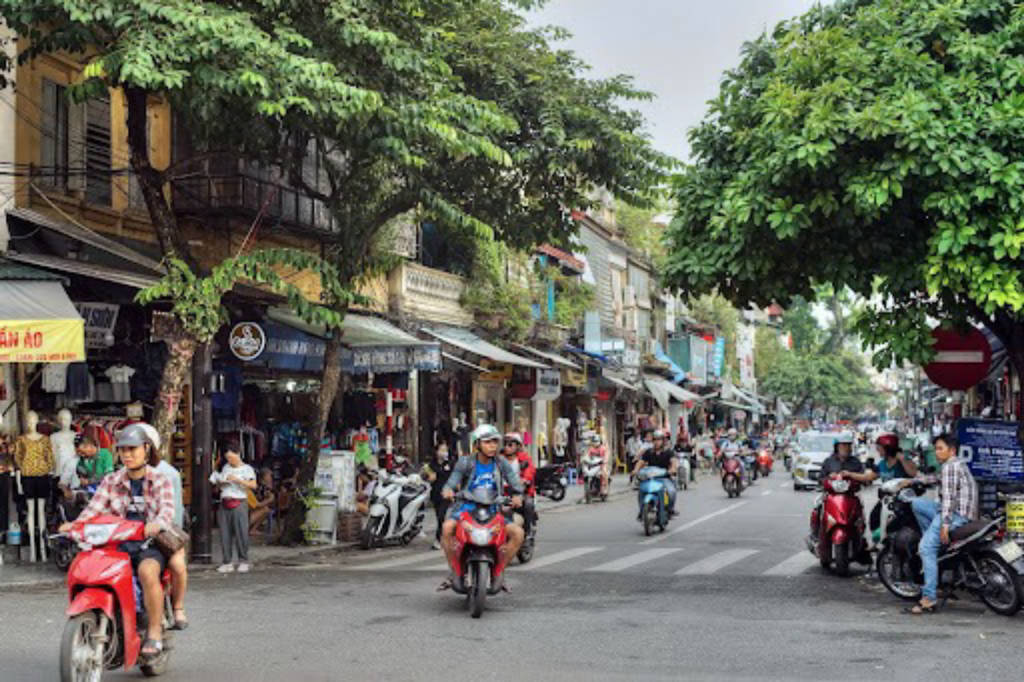
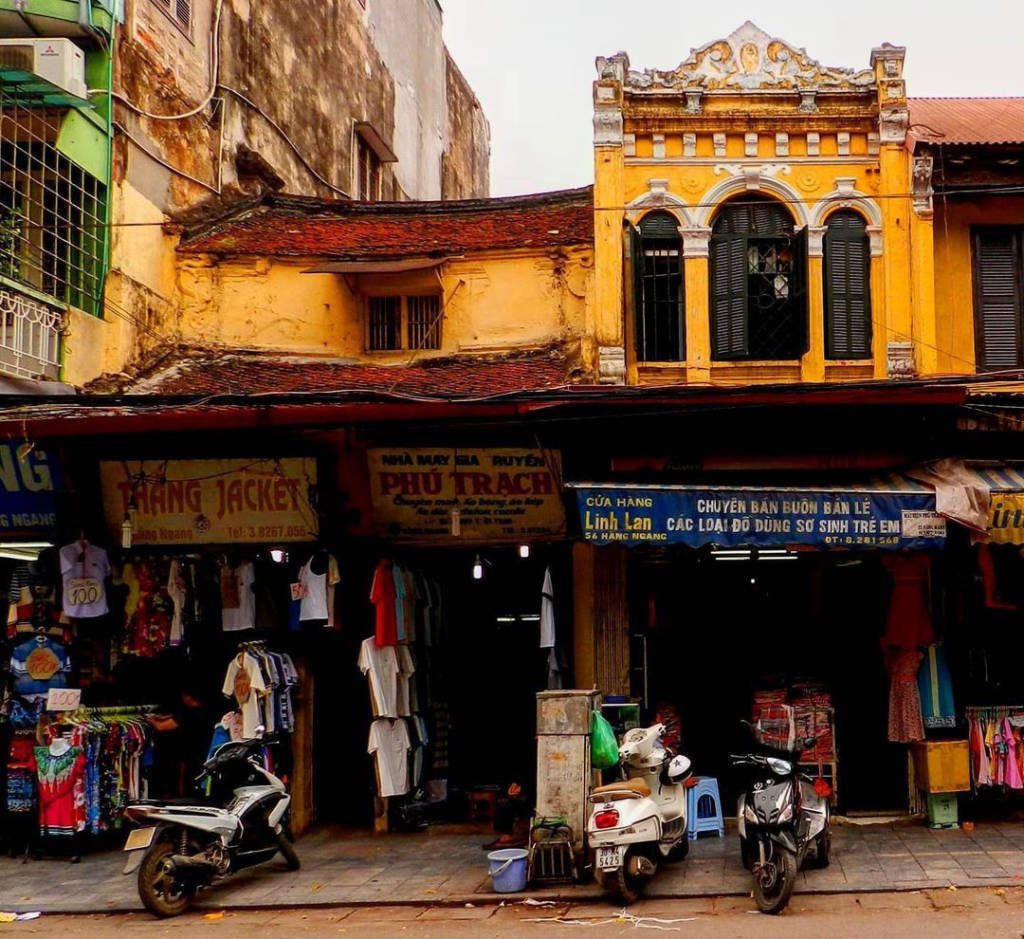
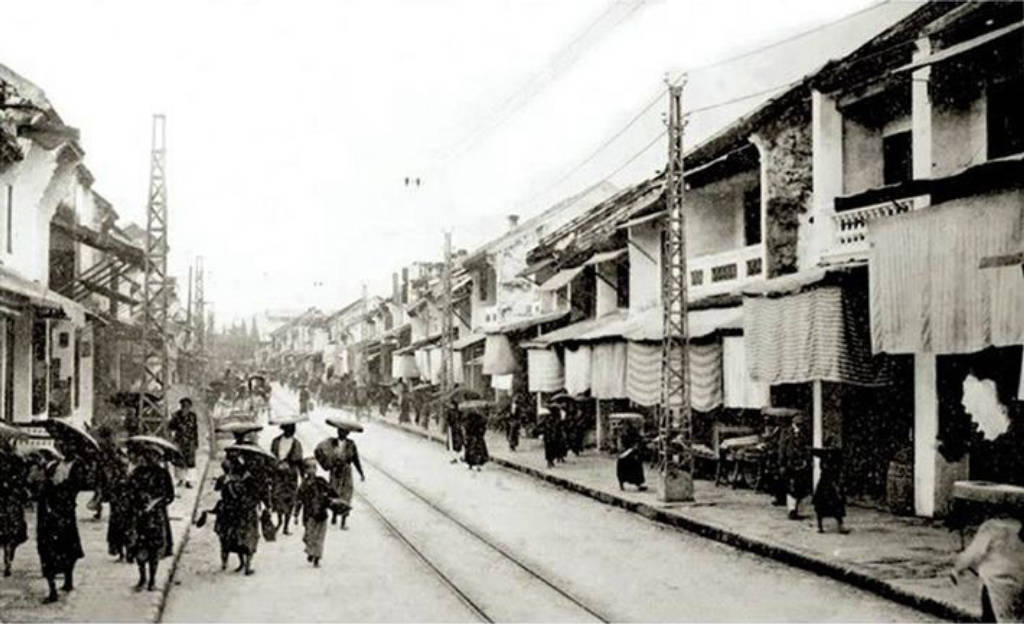
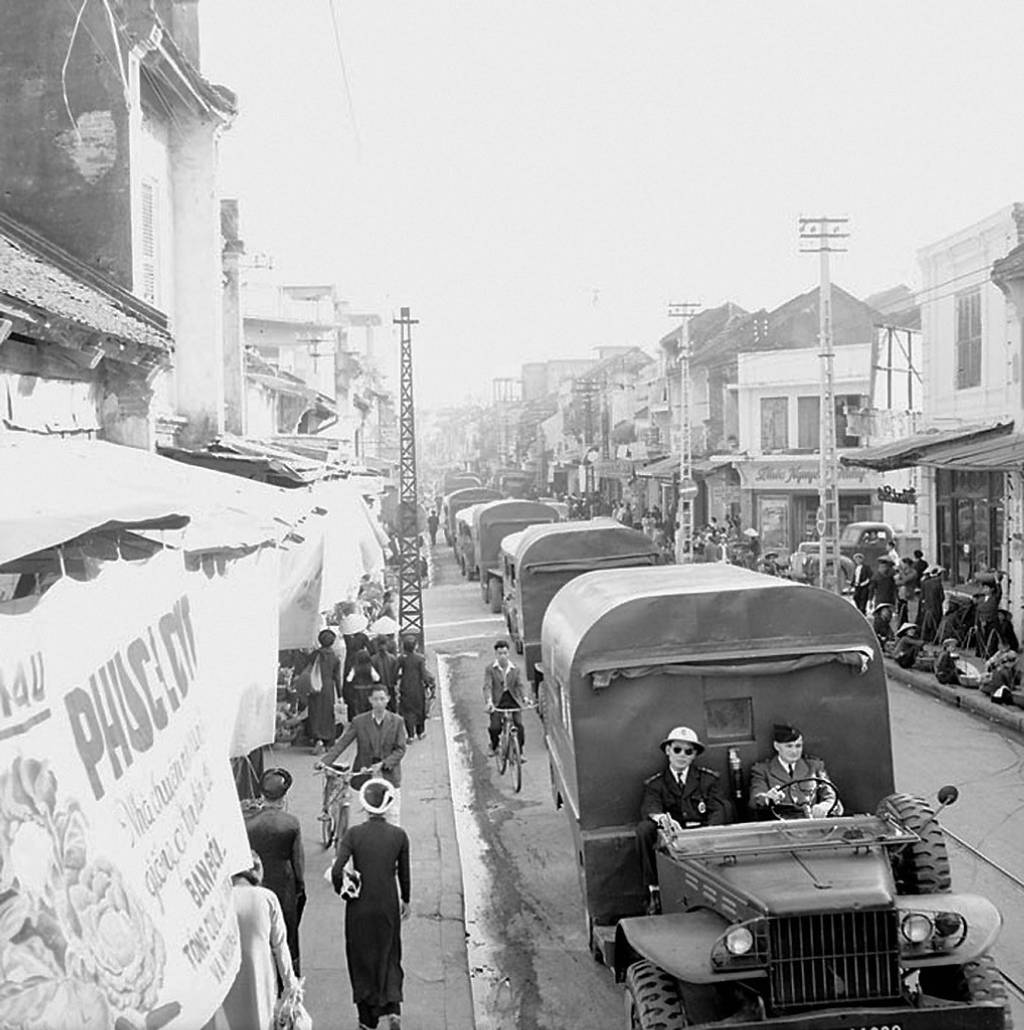
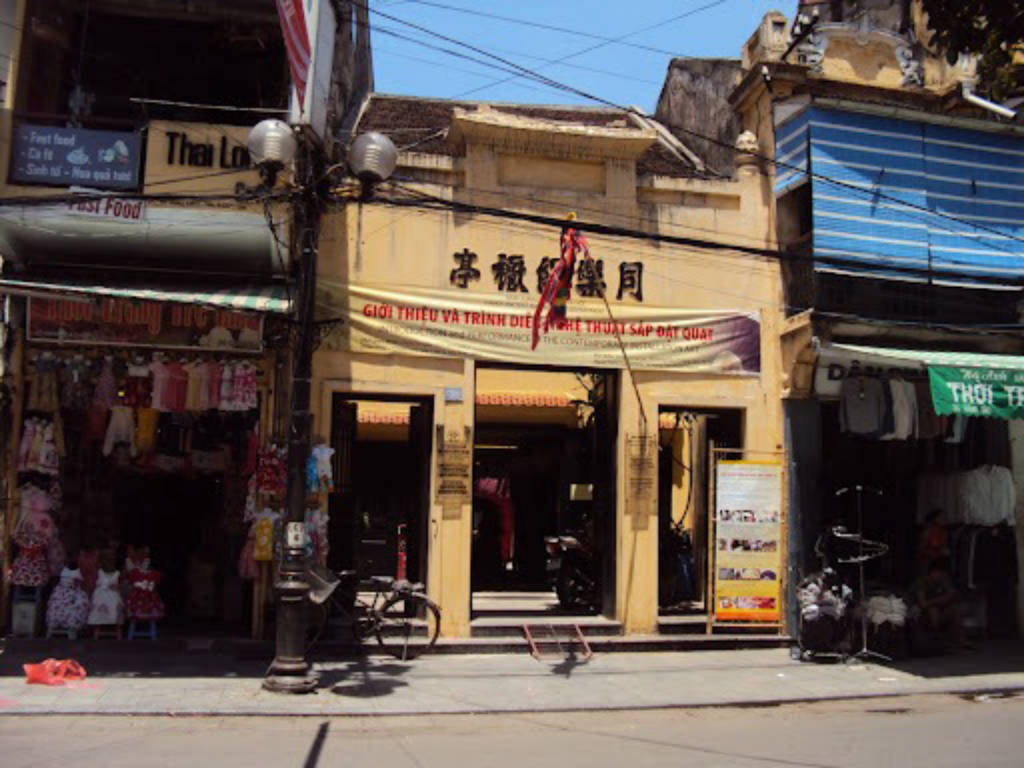
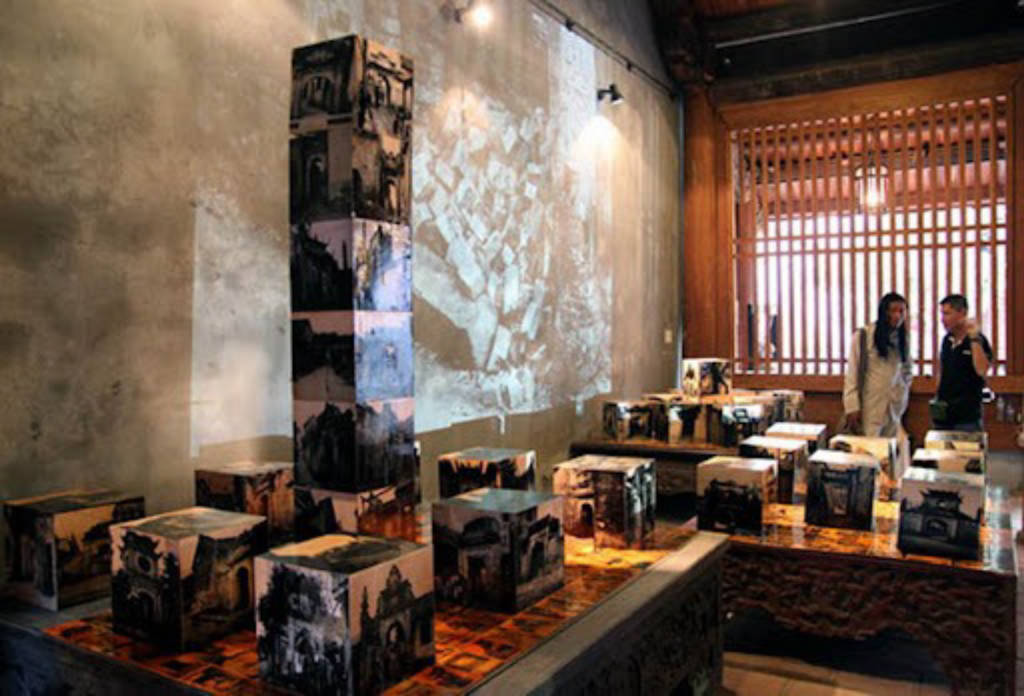






 Hàng Ngang,
Hàng Ngang,